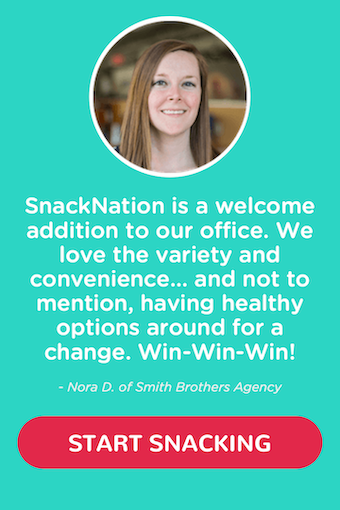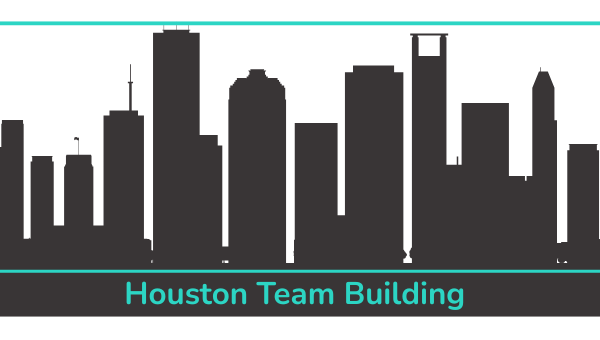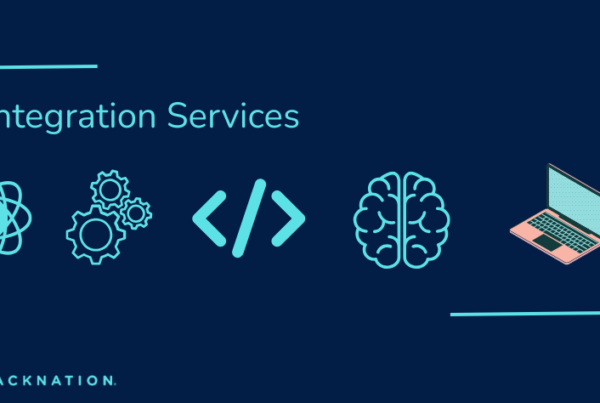Employee engagement has taken center stage in keeping your team motivated and productive. So it’s likely that your company has implemented some type of employee engagement program to make your individuals feel valued and driven by their work.
But how can you tell if engagement has actually increased at your organization? This infographic will show you the 9 most undeniable signs that your employee engagement program isn’t working.

Share this Image On Your Site
1. No above and beyond effort

Above and beyond effort is arguably the most important factor in determining the effectiveness of your employee engagement program. When your team is engaged, each individual is motivated to achieve the goals and uphold the values of the company.
Individuals are not just doing their job to earn a paycheck. Instead, they want your organization’s product or service to be better. They believe that they represent the brand and minimum effort won’t get them to be where they want to be.
These are the individuals who give maximum effort both within your organization and outside of it. You’ll rarely find someone who wants to do amazing things at the company but is lazy about their personal life.
Here are some examples of maximum effort:
- Working more than the standard 9 to 5 to not only hit your goals, but surpass them
- Spend time on weekends preparing for the week and outlining the most important things that need to be accomplished
- Going outside of the job description to help other members of the team
2. Lack of camaraderie

Research has shown that employees are happier with their jobs when they have friendships with their co-workers.
I find more and more similarities between organizations and sports teams. When your team gets along well, they not only work for themselves but for the person next to them. They say the best sports teams are there for each other in and out of the locker room.
Do a lot of people at your office choose to spend time together outside of work? Do you have company happy hours and activities that people choose to attend?
Great camaraderie extends beyond just having fun with the people you work with. It creates a common sense of purpose and reminds people that they’re “in it together”.
Sign #2 that your employees aren't engaged: Lack of camaraderie Share on X
3. Job title and tenure more important than contributions
In the past, I’ve worked at companies where your job title defines you. You come in each day, put your head down and do the work listed in your job description. If someone held a higher position than you, than their opinion was more valued than yours. I’m now fortunate to work at a place with a flat organizational structure where you opinion matters on Day #1.
It’s also easy to spot when someone is “cruising” at work because they’ve been with the company for so long. This can be absolutely poisonous for your business’s growth. You want your team to be comprised of individuals who care more about where they’re going within the company rather than where they’ve been.
A flat structure is when there are few levels of hierarchy between management and staff level employees. It gives each individual more responsibility and autonomy to make decisions and help move the company forward.
The important thing is that you create more opportunity for one-on-one interaction throughout the organization. In fact, a Gallup study found that employees who meet weekly with their managers are almost 3 times as likely to be engaged than those who don’t have weekly meetings.
Sign #3 that your employees aren't engaged: Job title more important than contributions Share on X
4. Indifference to the company’s vision
Another sign that your employee engagement program objectives aren’t effective is when the goals of your team aren’t directly related to your company’s “why”. If you haven’t already watched Simon Sinek’s TED talk called “Start with why”, take a moment to watch this important excerpt from his presentation.
To sum it up briefly, companies need to focus on their “why” more than their “what”.
Here’s an example:
A car insurance company doesn’t just sell car insurance – they provide people with peace-of-mind in knowing their property will be protected in the unfortunate event that they get into an accident.
At SnackNation, our purpose isn’t just to provide companies around the country with healthy snacks. Our mission is to make offices healthier, happier and more productive.
Our friend Ms. Career Girl‘s mission isn’t just to supply career advice, but rather to help people live a happy, healthier, life in a career they love.
Focus on your “why” (i.e. your purpose), constantly talk about it and relate everything you do as a business to it. That’s how you inspire the rest of your team to believe in the company’s vision on a daily basis.
[bctt tweet="Sign #4 that your employees aren't engaged: Indifference to the company's vision"]
5. No pride in the organization

Do you know someone who absolutely loves where they work and what they do? Those are the companies that have created a tribe. A group of people who feel connected with one another and who personally care about the health of the company.
How can you spot a lack of pride where you work? Here are some unmistakable signs:
If your team hides company apparel in the bottom drawer of their desk, they likely have zero pride in your organization… or you may just have a bad graphic designer 😉
When there’s an open position at the company and nobody even thinks to refer a friend, that’s another obvious indicator of low pride in the organization.
If the people who visit your office don’t leave feeling better than when they arrived, your team doesn’t care about what they do.
[bctt tweet="Sign #5 that your employees aren't engaged: No pride in the organization"]
6. Customer engagement is not a priority

When your sales team, account managers and customer support talk to customers, what is the experience they’re delivering to the person on the other end? Do they go above and beyond (like #1 on this list) to deliver the best experience possible to that customer?
Zappos is a company that nails customer engagement as a result of high employee engagement. They give their team full autonomy in making customer-service decisions, regardless if they’re a manager or not. Their main objective is to deliver “Wow” moments during every interaction with a customer. It would be pretty difficult for someone who doesn’t care about the company to continually deliver that type of experience.
7. Reactive contributions
Proactive contributors are those employees who are vocal about their own ideas and continually offer recommendations on how to improve the business.
What traits does a proactive contributor possess?
- They learn on their own time to boost their knowledge and level of skill
- They’re not afraid to voice their opinion, whether it is received well or flops
- They act like a manager/leader even if it’s not in their job title
- They seek out projects to contribute to
8. No desire to be “in the know”
[one_half last="no"]In our list of employee engagement ideas, HR Pro Tim Sackett shared that you can boost engagement by giving your people “inside” information.Employees who want to be in the circle of trust are obviously invested in the company. If they don’t care then they just come into the office, do their job, and leave – no desire to know the direction and behind-the-scenes activity of the company.[/one_half] [one_half last="yes"]
 [/one_half]
Teams that are engaged want to know what’s going on with the company, whether it’s good or bad.
[/one_half]
Teams that are engaged want to know what’s going on with the company, whether it’s good or bad.[bctt tweet="Sign #8 that your employees aren't engaged: No desire to be in the know"]
9. Nobody invests in personal development

There are individuals who seek out opportunities to grow both personally and professionally. If they need to learn a new skill, they go out and learn it on their own. Instead of looking for instructions, they create the manual.
Those are the signs of engaged team members. They invest in themselves because they know it will make them more effective at work and in life. And those are the people who will help grow the company along with themselves.
A manager’s most important job is to help the individuals on their team get better everyday. A great manager trusts their employees to get the job done without having to micromanage them.
So if nobody is investing in personal development, your employee engagement program is not doing its job.
[bctt tweet="Sign #9 that your employees aren't engaged: Nobody invests in personal development"]
Conclusion
Now that you know the unmistakable signs that your employee engagement program is failing, you know what to look for to make sure you’re office isn’t one of them. Taking steps to improve employee engagement is one thing, but making sure those objectives are actually working is another. As business leader Peter Drucker once said, “what gets measured gets managed”.
If you’re looking for some tips to boost employee engagement at your office, download our free guide “5 Simple Ways to Double Employee Engagement” by clicking on the image below.


 Photo belongs to
Photo belongs to 




